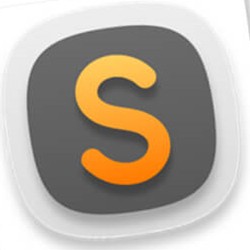上个小节我们写好了利用WebSocket推送付款结果给前端页面,那么前端页面这里应该先建立WebSocket连接,然后才能接收到后端推送过来的通知消息。
一、创建WebSocket连接
因为以前我们用不上WebSocket,所以在main.js文件中,我把创建WebSocket连接的语句给注释掉了。现在我们要去掉注释,让前端项目启动之后就立即创建WebSocket连接。
//使用WebSocket,后端项目给前端页面推送通知更
import VueNativeSock from "vue-native-websocket-vue3";
app.use(VueNativeSock,"ws://192.168.99.216:8090/emos-api/socket",{
"format": "json"
});
二、发送轮询请求
连接创建之后,真正开始使用是在用户登陆系统之后,也就是进入到main.vue页面。我在该页面的created()函数中,添加了轮询的ping请求,防止WebSocket连接因为超时被切断。这段WebSocket代码被注释掉了,我们要去掉注释。
created() {
let that = this;
that.routeHandle(that.$route);
//当WebSocket连接创建成功之后,会触发这个回调函数的运行
that.$options.sockets.onopen = function(resp) {
//发送心跳检测,避免超时后服务端切断连接
setInterval(function() {
that.$socket.sendObj({ opt: 'ping' });
}, 60 * 1000);
};
},
三、接收付款结果
在amect-pay.vue页面中,我们要编写JS代码接收后端推送的消息。大家需要特别注意,在接收消息之前,我们要先想后端发送一条消息。为什么要这么做呢?这是因为后端onMessage()方法,遇到ping请求,是不会把Session缓存起来的。所以我们要随便发一个不是ping的请求给后端,这样它才能缓存Session,将来才可以给我推送消息。
init: function(id) {
let that = this;
that.visible = true;
that.dataForm.id = id;
that.result = false;
that.$nextTick(() => {
//从浏览器Cookie中获取Token令牌
let token = that.$cookies.get('token');
//向WebSocket服务类发送消息,让服务类缓存Session对象,可以推送消息给当前页面
that.$socket.sendObj({ opt: 'pay_amect', token: token });
//接收服务端推送的消息
that.$options.sockets.onmessage = function(resp) {
let data = resp.data;
// console.log(data)
if (data == '收款成功') {
that.result = true;
}
};
that.$http('amect/createNativeAmectPayOrder', 'POST', { amectId: id }, true, function(resp) {
that.qrCode = resp.qrCodeBase64;
});
});
},

































































 神思者 ·
神思者 ·
 2025 imooc.com All Rights Reserved |
2025 imooc.com All Rights Reserved |